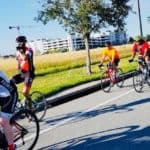While consistently riding is the best way for a road cyclist to improve their skills, utilizing other forms of exercise can build strength, increase endurance, prevent injuries and build confidence. This month, we’ll look at three forms of cross training for road cyclists: strength-training, indoor cycling and mountain biking.
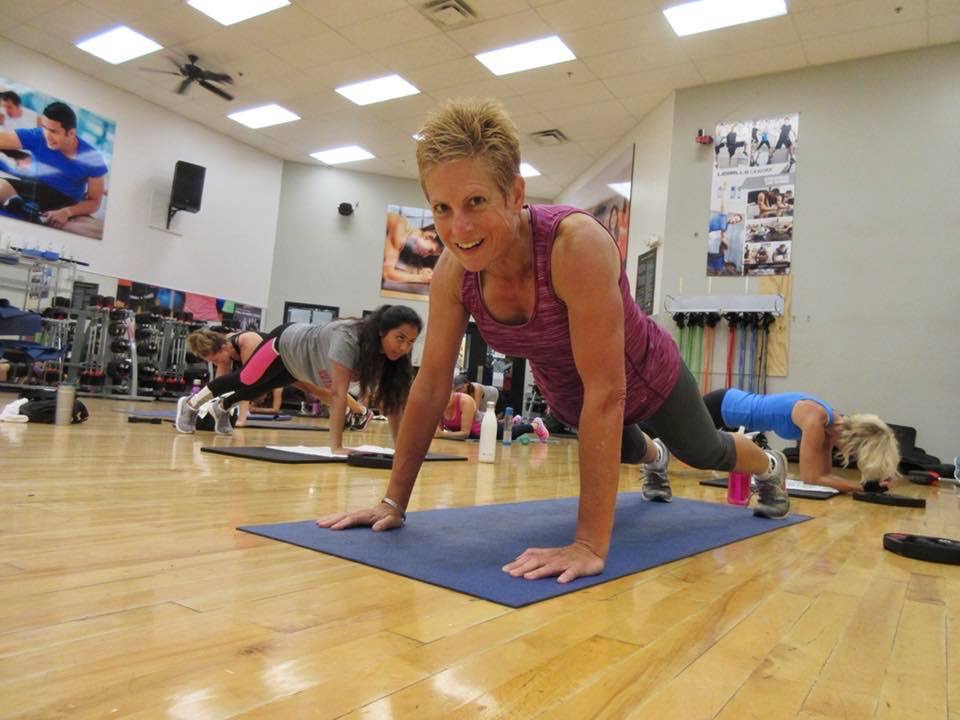
Building strength should be a part of every cyclist’s plan. Getting stronger will help you improve your speed and endurance on the bike while helping to prevent common cycling injuries that can keep you off your bike for weeks or even months. Cycling requires a strong core for balance, speed, climbing, and overall endurance and strength-training, preferably incorporating weights, which is an excellent complement to riding.
The main goal with strength-training is to create a stronger support system for the primary muscles utilized while on the bike. The aerobically stronger your assistance muscles and core are, the more powerful you become and the less fatigue you will experience on a long ride.
Strength-training can be as simple as having a set of weights and developing a training program you can follow at home. Access to a fitness facility provides the ability to vary your routine while offering free weight and assistance machine options. An internet search will yield a wealth of fitness routines designed to benefit cyclists, or a personal trainer can customize a routine for you. When designing a routine, consider that, in addition to strengthening the lower body, cycling utilizes muscles in our back, core and arms.
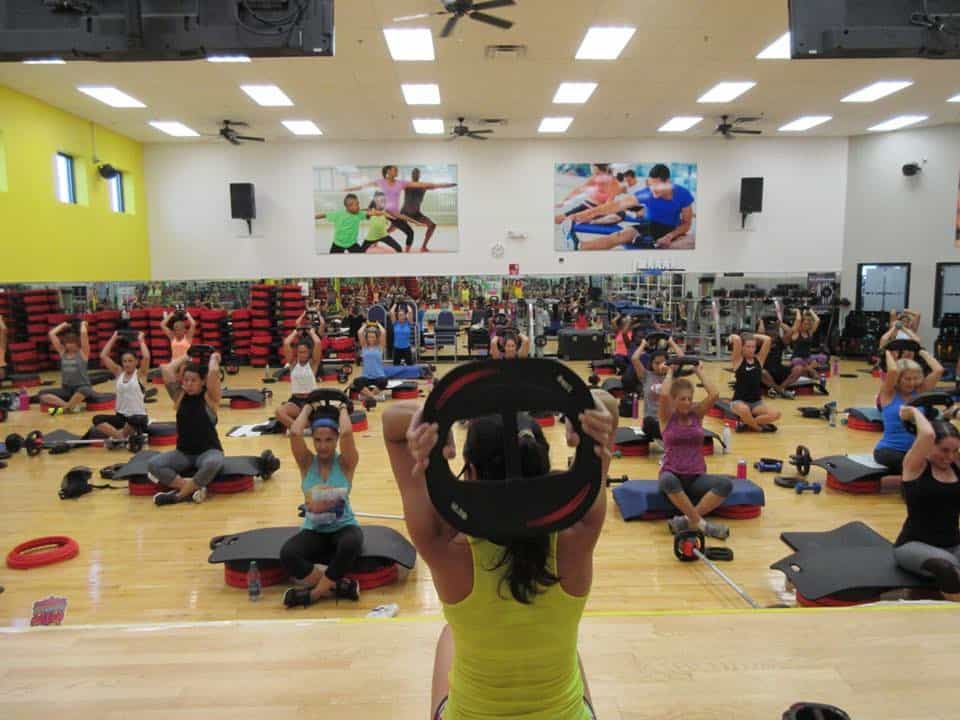
If the repetition of a weight training solo doesn’t appeal to you, consider a class that incorporates training the entire body in a fun, group setting. For years, I focused on training solo but have transitioned to the Les Mills Program’s Body Pump class, a choreographed hour-long class utilizing lighter weights and high repetitions that trains the entire body. As a result, I have greater endurance, reduced arm and shoulder fatigue, my balance is better, and my legs have become more powerful.
When weather and schedules prevent us from enjoying an outdoor ride, indoor cycling is an excellent substitute. Additionally, riding a stationary bike or utilizing a trainer enables you to focus on speed, cadence and resistance without the concerns of road hazards and traffic. The good news is that indoor trainers and stationary bikes have come a long way from the antiquated, barely rideable models from years ago.
An example of an indoor trainer utilizing your own bike is Zwift, a turbo trainer game connected to your computer, iPad, iPhone or Apple TV while letting you ride with other cyclists in a virtual environment, therefore helping to alleviate some of the boredom associated with indoor riding.
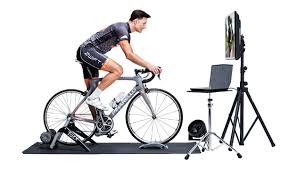
The Peloton Bike is a stationary bike that brings you the most convenient and immersive indoor cycling experience, streaming daily live classes available 24/7 directly into your home. You compete with other cyclists in a variety of rides from rolling hills to interval training.
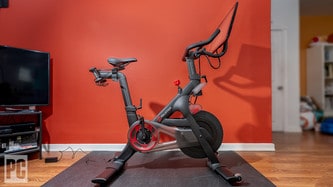
Cycling classes, otherwise known as spin classes, are a great way to build your speed, endurance and climbing ability in a group setting. There are stand-alone facilities, including Soul Cycle and Cycle Bar, however, most fitness facilities offer spin classes as part of their memberships. Classes range from freestyle, with instructors creating their own routines and playlists, to programs such as the Les Mills RPM and SPRINT classes. I’ve found the Les Mills Program to be the best compliment to my road cycling; the 45-minute class simulates a road ride by including speed, climbing and interval training in a seven-song or track class while RPM is a 30-minute interval class.
Offroad, or mountain biking, is an excellent way to vary riding outdoors. In contrast to riding on the road, which improves your cardiovascular fitness for spinning at a high cadence for a long time, mountain biking requires more dynamic fitness – from quick bursts to sustained cardio output – and incorporates many more muscle groups. Mountain bikes differ greatly from road bikes in frame design, overall weight, wheels, tires and gears, so the sport does require an investment … but then again, the more bikes in the world, the better.
What Central Florida lacks in mountains, we make up for in trails built and maintained by those who are passionate about this sport. The top five local mountain bike trails are Santos, Alafia River State Park, Balm Boyette Scrub Preserve, Markham Park and Imba Red. If the thought of riding around trees on a narrow dirt trail, navigating new terrain, and crossing log bridges is daunting to you, there are clinics available for every skill level.
In addition to becoming a stronger and more proficient road cyclist, cross training can alleviate boredom and introduce you to new friends and experiences. Next month, we’ll explore additional cross training options and the unique benefits they offer, all in the name of fun and fitness.
Check back next month for Part Two of “Upping Your Game: Cross Training for Road Cyclists.”
Do you like to cycle or want to learn how? Join the Nona Cycle group for weekly rides: nonahood.to/nonacycle
